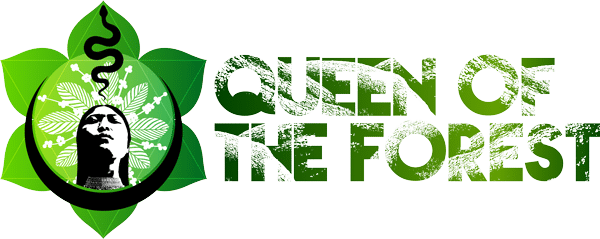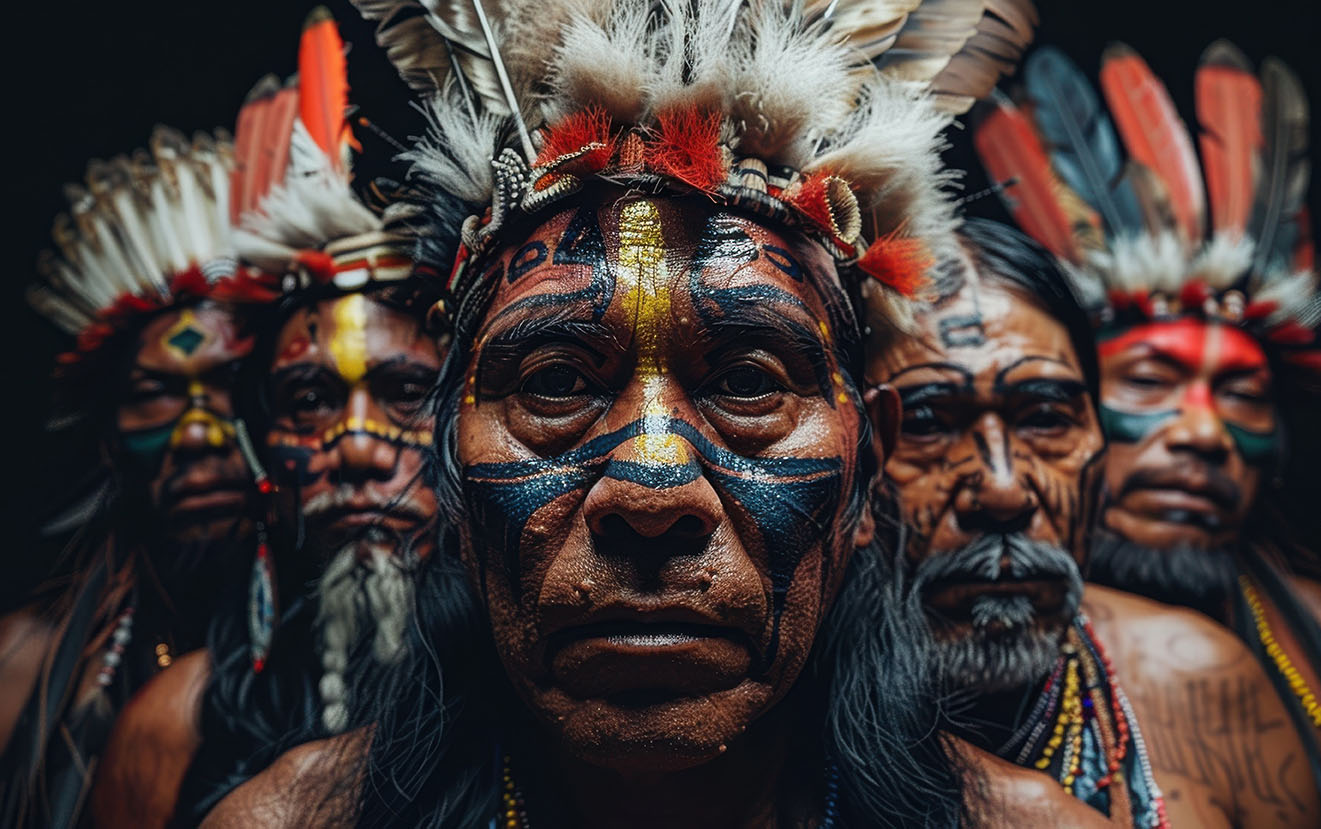Forest People, FOREVER THE FOREST
Exploring the Rich Tapestry of Indigenous Languages in Brazil
Unveiling the Richness of Brazil’s Indigenous Languages
Brazil, a country renowned for its cultural diversity and natural beauty, is also home to a vast array of Indigenous languages. These languages, spoken by diverse Indigenous communities across the country, contribute to the rich tapestry of Brazil’s linguistic heritage. In this article, we delve into the fascinating world of Indigenous languages in Brazil, exploring their diversity, significance, challenges, and efforts towards preservation.
Diversity of Indigenous Languages
Brazil boasts an incredibly diverse linguistic landscape, with an estimated 180 Indigenous languages spoken throughout the country. These languages belong to several distinct linguistic families, each reflecting unique cultural and historical influences. Some of the major Indigenous language families in Brazil include:
- Tupian Languages: The Tupian language family is one of the largest and most widespread Indigenous language families in Brazil. It includes languages such as Tupinambá, Guarani, and Tupi-Guarani, spoken by various Indigenous groups across different regions.
- Macro-Jê Languages: Another prominent language family is Macro-Jê, which includes languages like Xavante, Kayapó, and Kamaiurá. These languages are spoken primarily in the Amazon and Central-West regions of Brazil.
- Arawakan Languages: Arawakan languages, such as Karib, Yanomami, and Tukano, are spoken by Indigenous communities in the Northern and Western parts of Brazil, including the Amazon Rainforest.
- Cariban Languages: The Cariban language family includes languages like Kuikuro, Kuikuro-Kalapalo, and Yawalapiti, spoken by Indigenous groups in the Xingu Indigenous Park and surrounding areas.
- Panoan Languages: Panoan languages, such as Shipibo-Conibo and Matsés, are spoken by Indigenous peoples in the Amazon Basin, particularly in the states of Amazonas and Acre.
These are just a few examples of the diverse Indigenous language families present in Brazil, each with its own unique linguistic features, cultural significance, and historical context.
Significance of Indigenous Languages
Indigenous languages play a crucial role in preserving cultural heritage, traditional knowledge, and identity within Indigenous communities. They are not just tools of communication but also repositories of ancient wisdom, folklore, and oral traditions passed down through generations. For many Indigenous peoples, language is intrinsically linked to their sense of belonging, spirituality, and connection to the land.
Furthermore, Indigenous languages often embody ecological knowledge, reflecting deep insights into local ecosystems, plants, animals, and natural phenomena. This knowledge is invaluable for sustainable resource management, biodiversity conservation, and understanding the intricate relationships between humans and the environment.
Challenges Facing Indigenous Languages
Despite their cultural and linguistic richness, Indigenous languages in Brazil face numerous challenges that threaten their survival and vitality. Some of the key challenges include:
- Language Endangerment: Many Indigenous languages in Brazil are classified as endangered, with only a few fluent speakers, often elders within the community. The intergenerational transmission of language is at risk due to factors such as urbanization, migration, and the influence of dominant languages like Portuguese.
- Linguistic Discrimination: Indigenous languages have historically faced discrimination and marginalization, leading to a lack of institutional support, limited resources for language revitalization efforts, and stigmatization of Indigenous identities.
- Loss of Traditional Knowledge: As Indigenous languages decline, there is a risk of losing valuable traditional knowledge, cultural practices, and spiritual beliefs that are intricately linked to language use.
- Limited Documentation and Resources: Many Indigenous languages lack comprehensive documentation, dictionaries, and teaching materials, hindering efforts for language revitalization, preservation, and education.
- Globalization and Media Influence: The pervasive influence of global media, digital technologies, and social media platforms can contribute to language shift and the adoption of dominant languages among younger generations.
Efforts Towards Language Preservation and Revitalization
Despite these challenges, there are concerted efforts at local, national, and international levels to preserve and revitalize Indigenous languages in Brazil. Some initiatives include:
- Community-Based Language Programs: Many Indigenous communities have developed community-based language programs to teach and promote their languages among younger generations. These programs often integrate language learning with cultural activities, storytelling, and traditional practices.
- Linguistic Research and Documentation: Linguists, anthropologists, and Indigenous scholars collaborate on linguistic research projects to document and analyze Indigenous languages, creating linguistic resources such as dictionaries, grammars, and audiovisual materials.
- Education and Language Revitalization Programs: Educational initiatives focus on integrating Indigenous languages into formal schooling, developing bilingual education programs, and training Indigenous teachers and language advocates.
- Digital Tools and Resources: The use of digital tools, mobile apps, and online
platforms has facilitated language documentation, preservation, and access to language learning materials, especially in remote Indigenous communities. - Legal Recognition and Support: Legal frameworks, such as Brazil’s Statute of Indigenous Peoples and international conventions like the United Nations Declaration on the Rights of Indigenous Peoples, advocate for the protection of Indigenous languages, cultural rights, and traditional knowledge systems.
The Indigenous languages of Brazil represent a precious cultural heritage that embodies centuries of history, wisdom, and resilience. While these languages face significant challenges, including endangerment and linguistic discrimination, there is a growing recognition of their importance and efforts to preserve, revitalize, and celebrate Indigenous linguistic diversity. By valuing and supporting Indigenous languages, Brazil can embrace its multicultural identity and foster greater respect, inclusion, and solidarity within society.
Through collaborative partnerships, community empowerment, and innovative approaches to language revitalization, Brazil can ensure that its Indigenous languages continue to thrive as integral components of its linguistic and cultural mosaic.


